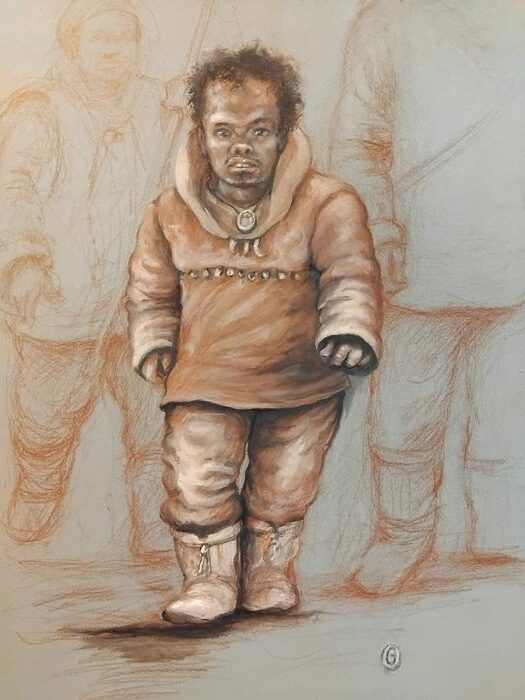How do you know when an Ice Age teen hits puberty? You can see it in their bones.
A research group for the first time applied a technique initially developed for contemporary clinical observations to Paleolithic fossils. They reported in the Journal of Human Evolution that Ice Age teens experienced the same physiological changes as contemporary young adolescents at roughly the same time.
Ice Age Bones Reveal Clues About Adolescence
The scientists studied the bones of 13 ancient humans between 10 and 20 years old from the Pleistocene Era, about 25,000 years ago. One, named Romito 2, a male adolescent with a form of dwarfism, probably had a deeper voice, fine facial hair, and could father children.
The technique, developed by Mary Lewis from University of Reading, analyzed mineralization of the canine teeth, and examined maturation of the bones of the hand, elbow, wrist, neck, and pelvis. It then identified the stage of puberty that an individual reached when they died.
“We then use this knowledge to determine what that individual would have looked like on the outside, an appearance that changes with each stage of sexual maturation,” says April Nowell, a paleontologist at the University of Victoria in Canada and an author on the paper.
The technique can be applied to developments like voice change, breast development, and menstruation onset. This method has been applied to human skeletons in Egypt, Roman Britain, Medieval London, Bronze Age Spain, among other time periods. This is the first time the technique has been applied to Paleolithic fossils.
Read More: What Is the Difference Between Early Modern Humans and Ancient Humans?
Stages of Development in Ancient Human Skeletons
There are six broad developmental stages — each with their own physiological markers. For example, during the third stage, the roots of the canine teeth are fully mineralized and one part of the humerus fuses.
“If we see these (and other indicators) in a female skeleton we know she would have been developing breasts, while in a male skeleton we know he would be going through that awkward phase of having his voice break,” says Nowell.
Although there is research showing that teens enter puberty earlier, this study shows that, although there may be some differences, it may not be so drastic.
“What we see is that that they are actually following a blueprint for puberty that was established thousands of years ago,” says Nowell. “Our Ice Age teens enter puberty only slightly later. They do take slightly longer to complete puberty than adolescents today, but we have to remember that we are studying the non-survivors.”
Read More: Stress May Cause Early Puberty
Article Sources
Our writers at Discovermagazine.com use peer-reviewed studies and high-quality sources for our articles, and our editors review for scientific accuracy and editorial standards. Review the sources used below for this article:
Before joining Discover Magazine, Paul spent over 20 years as a science journalist, specializing in U.S. life science policy and global scientific career issues. He began his career in newspapers, but switched to scientific magazines. His work has appeared in publications including Science News, Science, Nature, and Scientific American.
Source : Discovermagazine






